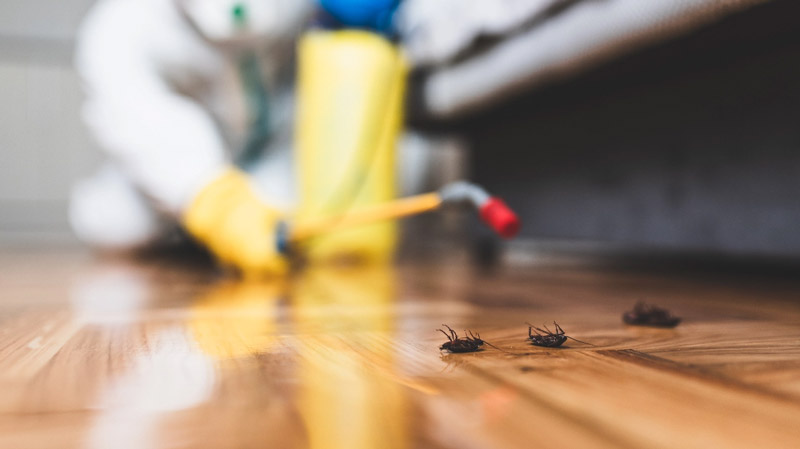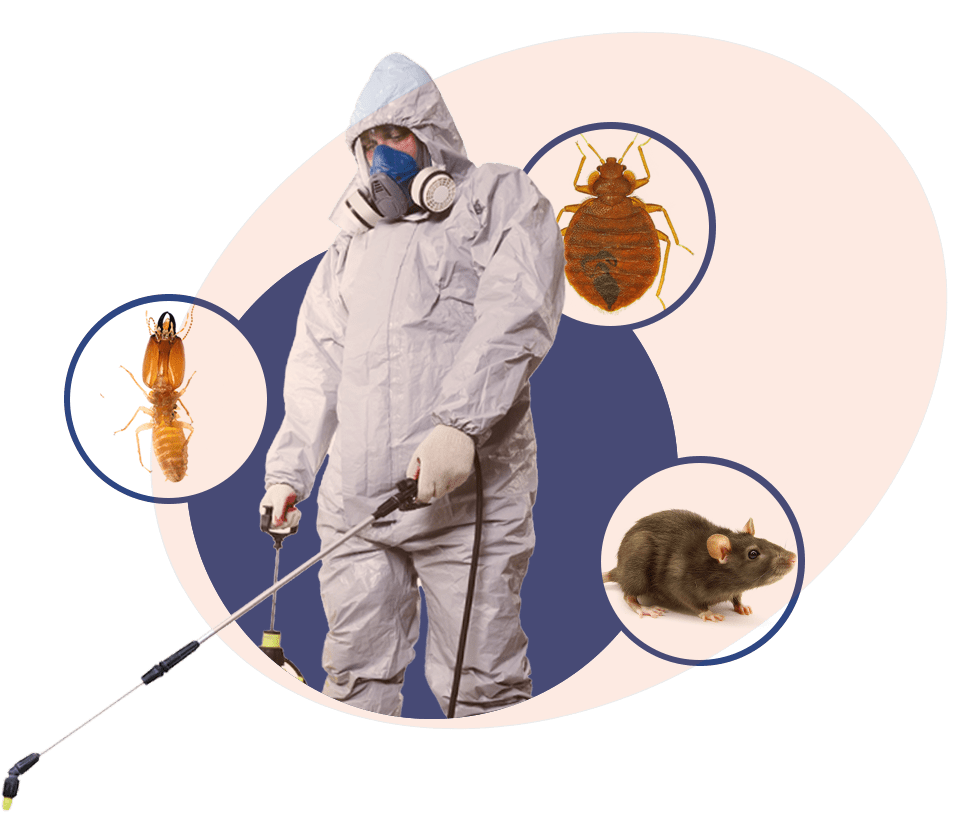Cost-Effective Pest Management Plans Offered by Pest Control Lockhart
Cost-Effective Pest Management Plans Offered by Pest Control Lockhart
Blog Article
Discovering Invasion and Treatment Strategies on the planet of Insect Control
The landscape of pest control incorporates a myriad of difficulties, particularly as problems of typical household parasites continue to evolve. Recognizing the habits and reproductive patterns of these hassles is vital for establishing reliable treatment approaches. By integrating preventive procedures with advanced monitoring techniques, such as Integrated Bug Management (IPM), home owners can better secure their environments. Nevertheless, the effectiveness of these techniques might vary dramatically based on certain circumstances. What underlying variables contribute to the success or failure of these strategies in various settings?

Common Home Vermin
When it involves handling our space, understanding common home bugs is critical. These pests not only disrupt our comfort but can also pose health risks and damage home. One of the most common family bugs include ants, cockroaches, rodents, termites, and bed bugs.
Ants, typically seen foraging in kitchen areas, can contaminate food and develop big colonies. Rats, including computer mice and rats, can trigger structural damages and bring diseases like hantavirus and salmonella.
Acknowledging the signs of these pests, such as droppings, nests, or attack marks, is vital for very early treatment (Pest Control Lockhart). Proper hygiene methods, securing entrance factors, and preserving a clutter-free environment work preventative steps. By recognizing these typical household bugs and understanding their behaviors, property owners can take proactive actions to mitigate problems, ensuring a healthier living environment
Comprehending Pest Infestations
Parasite infestations can rise rapidly, turning a small nuisance right into a considerable trouble if not addressed without delay. Common variables adding to problems include bad sanitation, structural vulnerabilities, and seasonal modifications that drive parasites indoors.
Identifying the sort of pest is necessary, as different species exhibit diverse behaviors and reproductive prices. For instance, rats may develop nests in concealed areas while pests like cockroaches thrive in damp atmospheres. Early discovery usually depends upon identifying indications such as droppings, nibble marks, or uncommon noises, which can indicate a problem prior to it becomes severe.
Environmental problems additionally play a vital duty in insect proliferation. Warm, moist climates can promote the fast development of insect populations, while changes in landscaping or building can accidentally develop conducive settings. Routine examinations and preventative actions are vital to minimizing the danger of invasions. An educated approach to recognizing these dynamics prepares for reliable insect monitoring strategies in the future.
Therapy Methods and Techniques
Efficient therapy approaches and strategies are vital for reducing parasite invasions and bring back a safe setting. A multifaceted method is commonly best, integrating chemical, organic, and mechanical methods tailored to the particular pest and the severity of the invasion.
Chemical therapies include making use of pesticides and herbicides, which can properly eliminate insects. Appropriate application and adherence to safety standards are important to minimize risks to humans and non-target organisms. Integrated Insect Monitoring (IPM) urges the wise use chemicals as a last option, counting rather on surveillance and limit levels to index identify intervention requirements.
Organic control techniques include introducing all-natural killers or parasites to minimize insect populaces. This approach is progressively popular, particularly in agricultural setups, as it advertises ecological sustainability.
Mechanical approaches, such as traps and barriers, supply prompt remedy for pests without introducing chemicals. Alternatives include sticky traps for bugs or physical obstacles for rodents.
Ultimately, the option of therapy technique should take into consideration the certain parasite, the environment, and potential effects on human wellness and environments. A balanced mix of these approaches can effectively manage infestations while promoting lasting pest control solutions.
Safety Nets for Residence
Proactively attending to parasite concerns before they intensify is essential for keeping a healthy and balanced home setting (Pest Control Lockhart). Applying efficient safety nets can substantially reduce the likelihood of infestations, ultimately safeguarding both your residential or commercial property and wellness

Correct landscaping likewise plays a critical duty in prevention. Keeping hedges and trees trimmed away from the home reduces the opportunities of bugs finding their means inside. Guarantee that drain systems are operating efficiently to stop standing water, which can attract in insects and various other pests.
Lastly, routine inspections are a good idea. Consistently inspecting for indications of bug task permits for very early intervention. By taking on these safety nets, property owners can create an environment that is less friendly to insects, therefore enhancing their total lifestyle and lowering the requirement for substantial parasite control interventions.
Commercial Bug Control Strategies
A detailed method to industrial bug control is essential for businesses intending to preserve a risk-free and sanitary setting. Effective strategies involve a mix of routine examinations, staff member training, and the application of Integrated Bug Administration (IPM) practices.
Regular assessments enable very early detection of pest activity, enabling prompt treatment. Organizations ought to develop a regular schedule for these analyses, focusing on high-risk areas such as kitchens, storage space rooms, and garbage disposal websites. Worker training is equally vital; team must be enlightened on the indications of insect problems and the relevance of reporting them quickly.
Executing IPM methods helps mitigate insect issues sustainably. This consists of environment adjustment, such as securing entrance factors and minimizing mess, as well as utilizing natural deterrents prior to turning to chemical treatments.

Furthermore, teaming up with a certified pest control company ensures access to expert knowledge and innovative therapy choices. This collaboration can look at these guys cause personalized parasite control prepares customized to the details requirements of the company, reducing risks and Your Domain Name improving general efficiency. Inevitably, a proactive and informed method cultivates a pest-free setting, protecting both public wellness and service track record.
Verdict
Finally, effective pest control requires a comprehensive understanding of typical house insects and their actions, coupled with targeted therapy approaches. Applying safety nets alongside treatment strategies such as Integrated Pest Monitoring and organic control boosts the capability to minimize invasions. Routine inspections and a mix of chemical and mechanical solutions further add to preserving pest-free environments. Ultimately, a well-shaped technique to pest monitoring is vital for guarding living rooms from unwanted trespassers.
Report this page